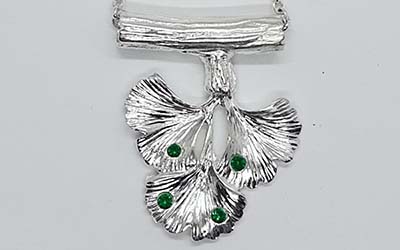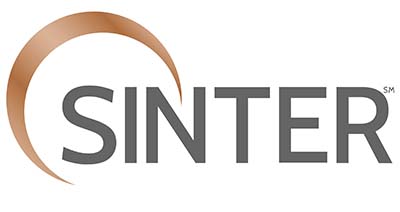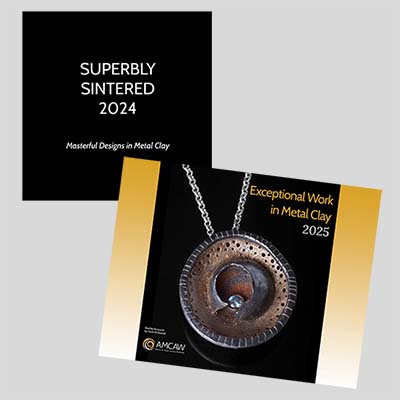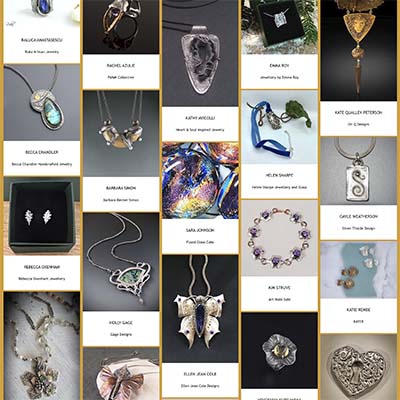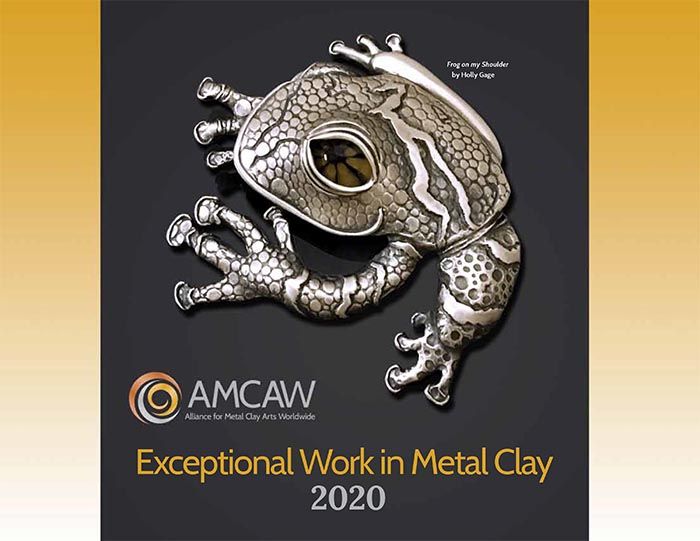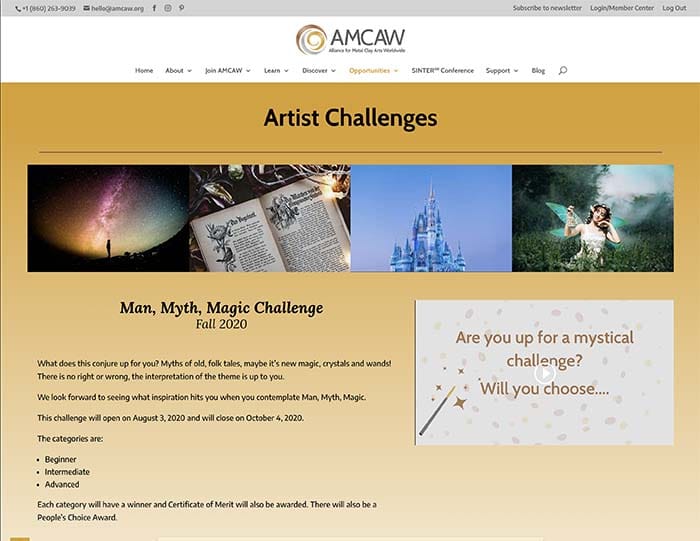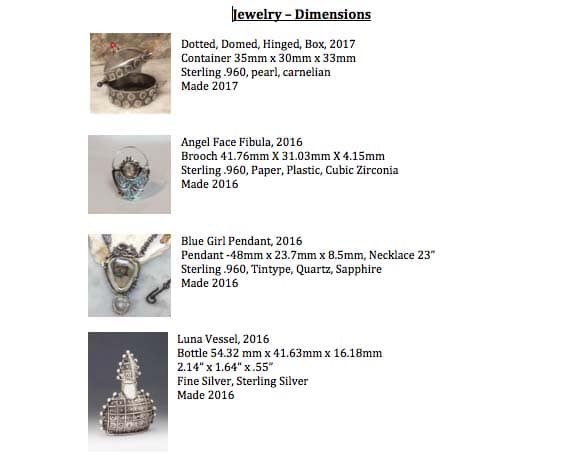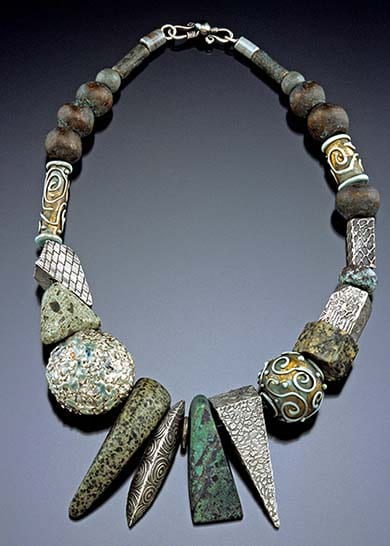How Do I Photograph for Submission?
The photographs for submission are everything! Images taken for a selling site can be very different than those for a competition or print submission. The use of props might make a piece of jewelry more understandable or more attractive to a buyer, but they will visually confuse and distract the focus of evaluators and jurors. Photograph your work on a white, black, or gradient backdrop, and leave models, props, and artistic backgrounds for your shop.
You can take your own photographs, or you can hire a professional photographer. Most smartphones take good quality photographs. Look for tutorials online that show how to get the most out of your phone camera. The more megapixel capacity, the better the image. It is a good idea to take reference photographs of every piece you make. This is an excellent way to practice taking pictures. Make sure your images are:
- Well lit.
- In focus.
- Free of props and distracting backgrounds.
- Identity free, no signage or watermarks.
If you decide to hire a professional photographer some things to consider are to ask for more than one background (both white and gradient), or for a front and back shot of the piece. Getting to know your photographer, building a relationship, and being precise about what you expect will lead to successful photographs of your pieces.
Shipping work through the mail directly to the photographers’ studio is quite common. Photographing jewelry takes a very specific talent, and you might not be able to find a good photographer in your hometown. Remember to:
- Pack well.
- Buy insurance.
- Inform the photographer when the piece(s) are in transit.
The photographer will probably send your images on a CD but if you need them sooner, ask that the photos be sent via email as well. Some photographers may offer to upload your images directly to Zapplication or CaFÉ.
Look for a partial list of jewelry photographers here


